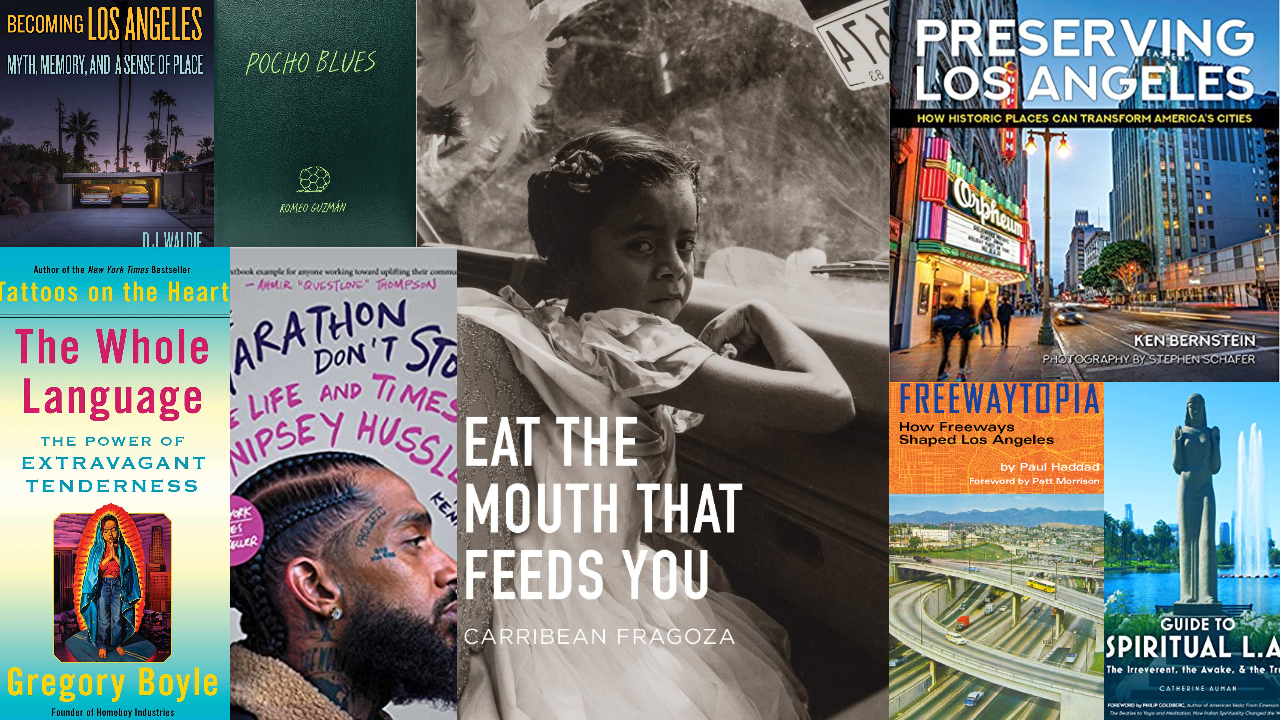One of the only bright spots of the COVID-19 era has been more time to read than ever before. Through the first half of 2021, I was able to read at the same prolific clip I did in 2020. As the world opened back up, I slowed a bit but was still able to read much more than I could in pre-pandemic times. The list here centers around Los Angeles, Poetry, Music, California History, Cultural Studies, Urbanism, and Architecture, but there are also some selected fiction titles. Arranged below in alphabetical order by author, most of these books came out in 2021, but a few came out in late 2020. (See the end of this essay for a quick tribute to Greg Tate who just passed away as this essay was in its final stages.)
Here are 34 titles in honor of the number worn by the iconic Los Angeles Dodgers pitcher Fernando Valenzuela. (Shaquille O’Neal wore 34 as well.) We start with 2Mex because his name begins with a number and one of his best-known songs is “The Return of Fernandomania.”
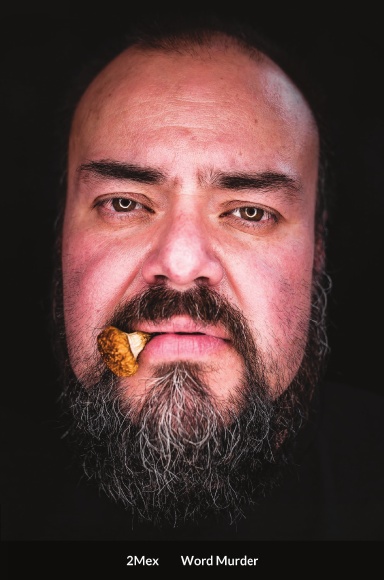
Word Murder
By 2Mex
Raised in MidCity Los Angeles, Alejando Ocana Jr., better known by his rap moniker 2Mex, is one of the most prolific MCs in the history of West Coast hip hop. This book is the first time his words have appeared on the page and it includes 25 years of his poetry and rhymes with more than 70 songs and 25 unreleased verses. Affiliated with the Visionaries, Of Mexican Descent, Good Life & Project Blowed, 2Mex uses assonance, alliteration, wrestling references, and bridges KDAY and KROQ making him puro Los Angeles: “I’m so Los Angeles that I write my rhymes on the back of Unity fliers / My community’s on fire / it’s time for you & me to maneuver ourselves higher.” For the legions of underground hip hop fans who love 2Mex it is a revelation to have classics like “Audible Angels,” and “The Return of Fernandomania,” in print. “I’m the reason that your little brother’s not a gangster,” he spits.

The Combustion Cycle
By Will Alexander
Will Alexander has written close to 40 books in his nearly 50-year career as a poet, essayist, novelist, short fiction writer, playwright, and pianist. Also a long-distance runner, his endurance is uncanny because this new book of poetry is 600 pages. Widely considered one of the supreme surrealist poets in the world, Alexander is relentless: “let us take the road of quenched syllabi / the road of exploded holding rails / let us come to rays of gnomic inner sources / whispering beheaded missives / forming structural paradox as ambrosia.” Alexander grew up with the legendary Leimert Park griot Kamau Daaood. Though he grew up close to the Watts Writers Workshop, he’s always been off in his own stratosphere. If this new collection isn’t enough for you, New Directions just published his second book of the year in late November, Refractive Africa.

Xicancuitcatl: Collected Poems
By Alfred Arteaga
Alfred Arteaga came up at the same time as Chicano poets Alurista, Francisco X. Alarcon, Lorna Dee Cervantes, Cherrie Moraga, Gloria Anzaldúa and Juan Felipe Herrera, but he is not as widely known. Though Arteaga passed away in 2008, this new book collects his lifetime of poetry in one volume. Arteaga was born in East Los Angeles, went to East Los Angeles College, and wrote about the Chicano Moratorium and the early 1970s Chicano Movement for the Los Angeles Free Press while still in his early 20s. Years later, he would get a Ph.D. and teach at UC Berkeley. His 1997 book of essays, Chicano Poetics, is a groundbreaking work. Like so many ahead of their time, he is more popular now than ever before. In this book’s Foreword, Cherrie Moraga writes: “Here fire is sex and arrow at once. Arteaga’s work is unsurpassed in capturing the pure ephemerality and landed beauty that is Xicanx poetry spoken, danced, and painted.”
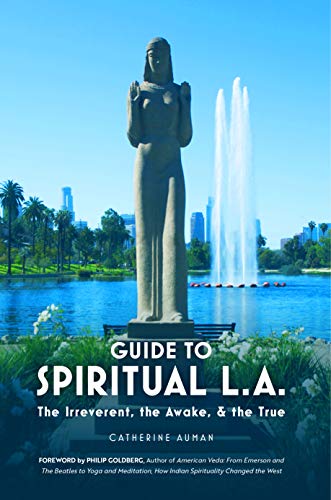
Guide to Spiritual L.A.
By Catherine Auman
Catherine Auman presents a thorough collection of Native American sacred sites, meditation gardens, desert day trips, yoga centers, botanicas, and locations of the many infamous spiritual cults that have called Southern California home. Auman has studied spiritual growth for 40 years, and this book culminates her lifetime research. Combining history, philosophy, and zany tales, this is a fascinating read for anyone curious about L.A.’s many eclectic spiritual traditions. Auman has seen all of Southern California’s spiritual sites and hidden gardens, and now you can too.

Preserving Los Angeles
By Ken Bernstein
Bernstein does an incredible job showing how preserving historical places can transform the city. This book is important because it goes beyond just historic architecture to identify Los Angeles sites with a deeper social and cultural meaning. Locations like the New Temple Missionary Baptist Church on 87th and Broadway where Aretha Franklin recorded her Amazing Grace record in 1972. Bernstein knows the city inside and out. There are dozens of buildings, murals, and people profiled here that even the most hardcore Angeleno aficionados might not know about. A great mix of little-known history and epic photographs makes this book one for anyone who loves LA’s built environment.
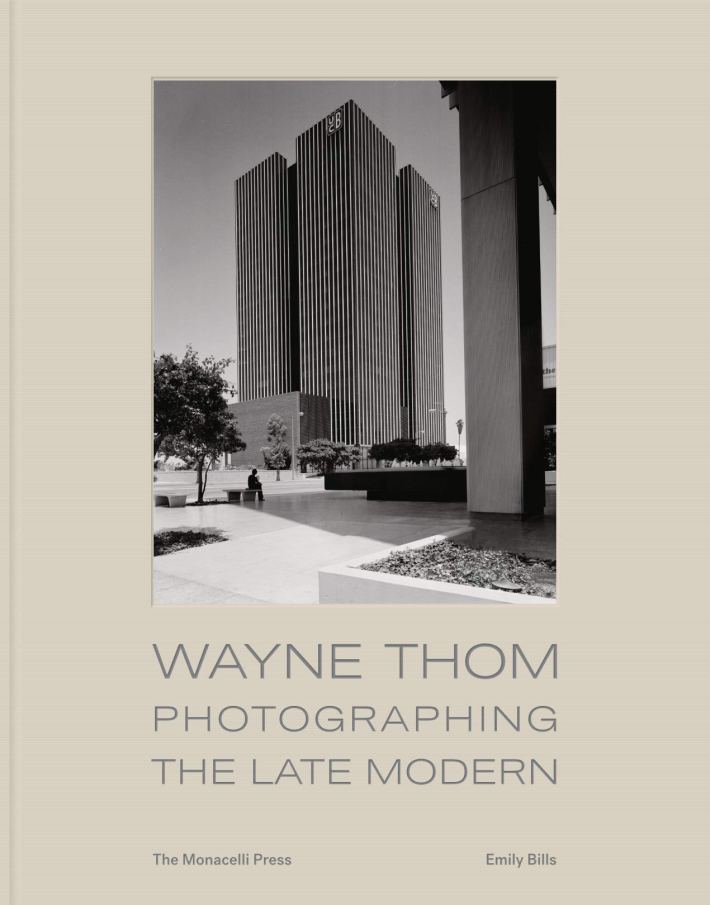
Wayne Thom: Photographing the Late Modern
By Emily Bills
Wayne Thom is one of the most prolific architectural photographers of the last 50 years. Born in Shanghai, China, in 1933, he grew up in China and then Vancouver, Canada, before eventually coming to California and studying Photography at Brooks Institute in Santa Barbara. Famed for photographing skyscrapers and stunning representations of larger structures, especially those of the Late Modern style of the 1960s and 70s, “his photographs,” writes Emily Bills, “document how glass facades became opaque skins that wrap around expressed volumes, massive poured-concrete forms were extruded and tipped upside down, and wood left raw and weathered.” His archive includes over 250,000 images, and this book collects over 200 of his most iconic shots paired with five short essays explicating his story. Bills calls his work “visual sculpture,” and it's easy to see why.
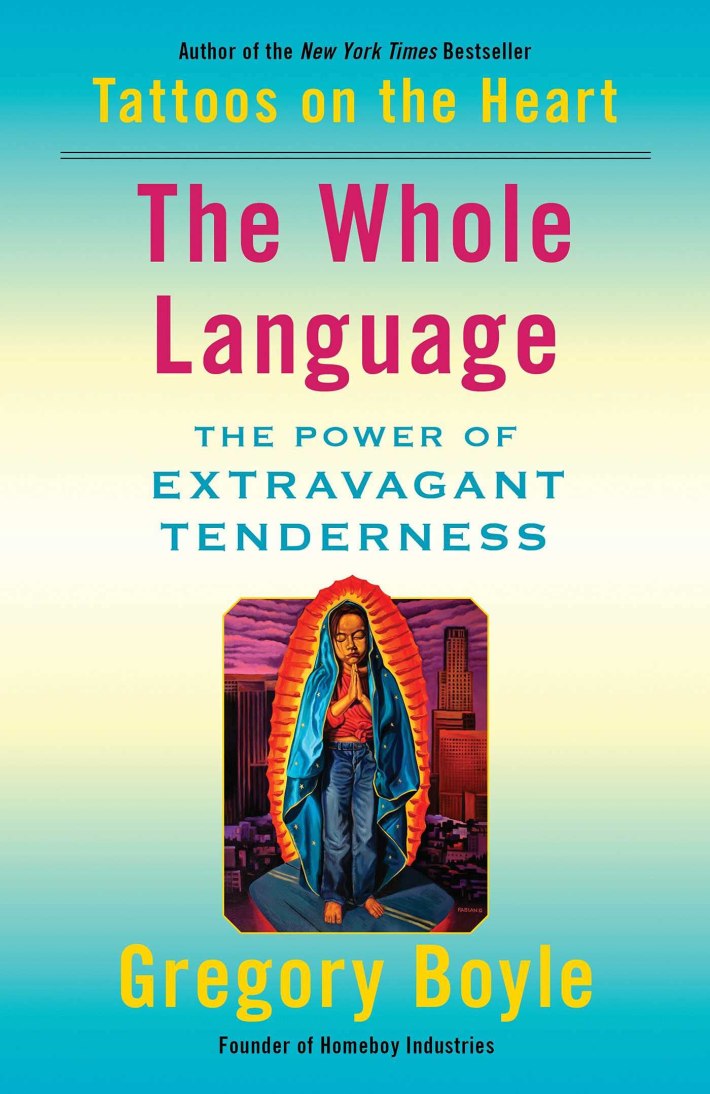
The Whole Language
By Gregory Boyle
As the founder of Homeboy Industries, Father Greg Boyle has had a long career teaching us all “how to see each other with the eyes of belonging.” His new book’s subtitle is “the power of extravagant tenderness,” and it is filled with dozens of anecdotes about the young people he works with as well as the lessons he’s learned along the way. His nuggets of wisdom are always supported by real-world examples and often just as funny as they are deep. “Homeboy is the Lost and Found Department,” he writes. “We all lose ourselves in the other, and then so find our true selves in loving.” He shows how “since we are all walking wounded together, it is only tenderness that is mutually transformational.”
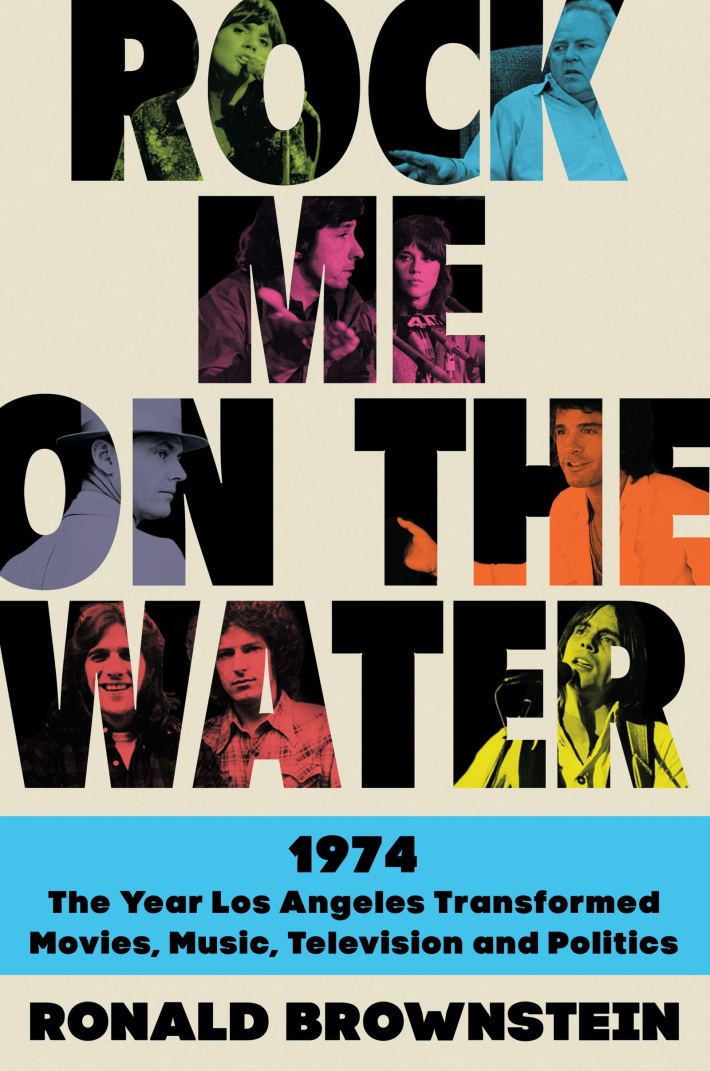
Rock Me On the Water
By Ronald Brownstein
Centered on the year 1974, this book’s premise is that 74 was the year that Los Angeles transformed movies, music, television, and politics. This kaleidoscopic account reveals how Linda Ronstadt, Jackson Browne, David Geffen, Joni Mitchell, the Eagles, Bill Withers, and a whole slew of others epitomized a shift happening in American culture in the early 1970s. In some ways, it was the end of the 60s, but it was also a time, Brownstein asserts where “Frustration over the Vietnam War, disgust at the systemic corruption of Watergate, and the alienation from the constricting values of Nixon’s ‘silent majority’” bubbled over and permeated popular culture into a cavalcade of creative work critiquing contemporary America.
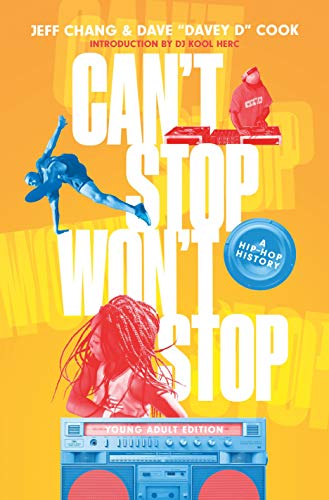
Can’t Stop Won’t Stop
By Jeff Chang & Dave “Davey D” Cook
Jeff Chang’s first edition of this book in 2005 was an instant classic and he was immediately dubbed “the Howard Zinn of hip-hop.” This new edition is adapted for young adults and it includes some of the earlier stories but it is updated and rewritten with the help of the celebrated hip hop historian Davey D. For example, though Kool Herc DJed the legendary first hip hop party in August 1973 at 150 Sedgwick Avenue in the South Bronx, it was Herc’s sister, Cindy Campbell who hosted the party, made the handwritten fliers and paid the fee to rent the rec room where they held the legendary event. Chang and Cook tell lesser known hip hop stories like the efforts of Cindy Campbell and others like hers so the younger generation can know their history. There’s new expanded chapters on the Rise and Fall of Source Magazine, Outkast, the Southern hip hop influence, iconic women of rap like MC Lyte and Queen Latifah, Biggie and Tupac and Black Lives Matter. This version is as epic as the first but carries the narrative even further with more nuances.
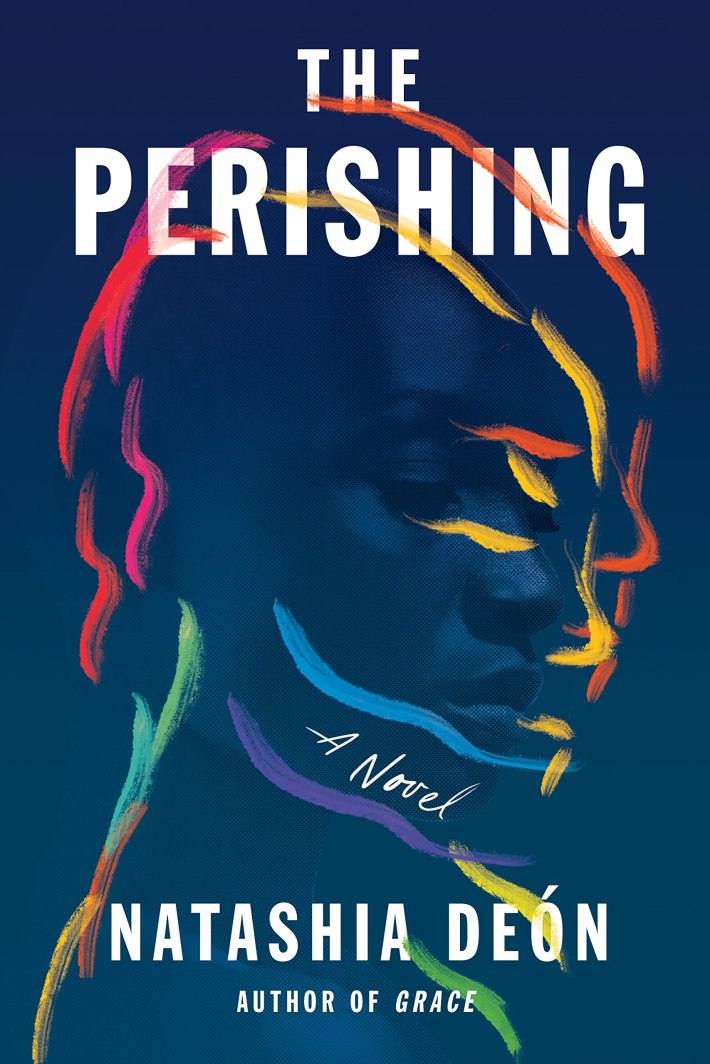
The Perishing
By Natashia Deon
“Passengers and beasts, it seems, we all are, on our way to some other destination. And here in Los Angeles is where invisible dragons skate over mountain ranges, deserts, streams, and salted waters, appearing only as wind welcomed home to the city where, at the ocean’s edge, they collapse to their knees, tired and undone and dissolving to tiny bubbles where sea kisses sand,” writes Natashia Deon in this book’s final paragraph. This new novel by Deon dives into 1930s Los Angeles with a protagonist who ends up becoming the first Black female journalist at the Los Angeles Times. The narrative goes beyond historical fiction though because it also includes reincarnation and time travel into the 22nd Century in a spirit Octavia Butler would appreciate. Engaging with themes like the creation of Route 66, Prohibition, the collapse of St. Francis Dam, and the specter of white supremacy, this inventive story presents an extraordinary heroine intent on transforming the world around her into something better than it is.
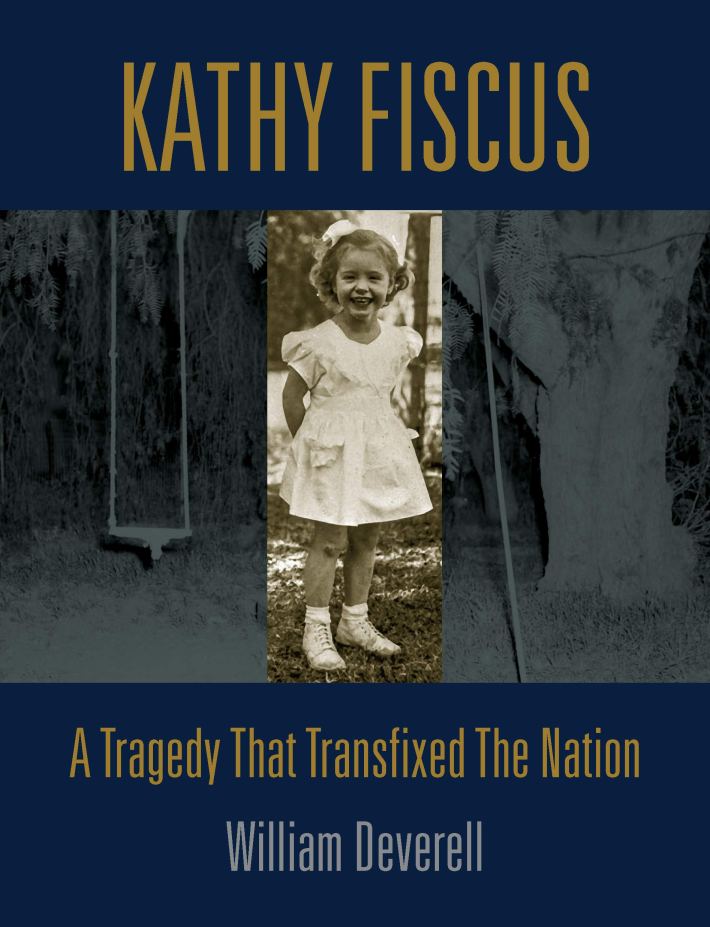
Kathy Fiscus: A Tragedy That Transfixed the Nation
By Bill Deverell
This short book from stalwart local publishers Angel City Press tells the story of Kathy Fiscus, a three-year-old girl that fell into an abandoned well in San Marino in 1949. What makes this event significant is that a ground-breaking live TV news broadcast ensued over the next two days that riveted Southern California and the nation as millions tuned in to watch the attempted rescue. Deverell’s account offers a play-by-play of the dozens of rescue workers on the scene, the background story of the girl’s family and a deeper history of Pasadena and the Western San Gabriel Valley. This personal tragedy became a national phenomenon and changed the way live news was broadcasted forever. The author shows how this moment epitomized the postwar era and the onset of the Baby Boom.

Blood on the Fog
By Tongo Eisen-Martin
This is the third collection from the reigning San Francisco Poet Laureate and his second one from City Lights. Eisen-Martin writes surreal stanzas merging reality, social justice, and revolutionary bars into a swinging register: “Seventh street siren inviting you into a paint can / Hip Hop born already 8 years old in a lotus flower.” His poetic sketches on gentrification, genocide, and local precincts defamiliarize conventional wisdom into post-postmodern testaments “in increments of eclipse.” These poems go electric, like Hendrix erasing the Mason-Dixon line mapping a new world “out on this lightning.”
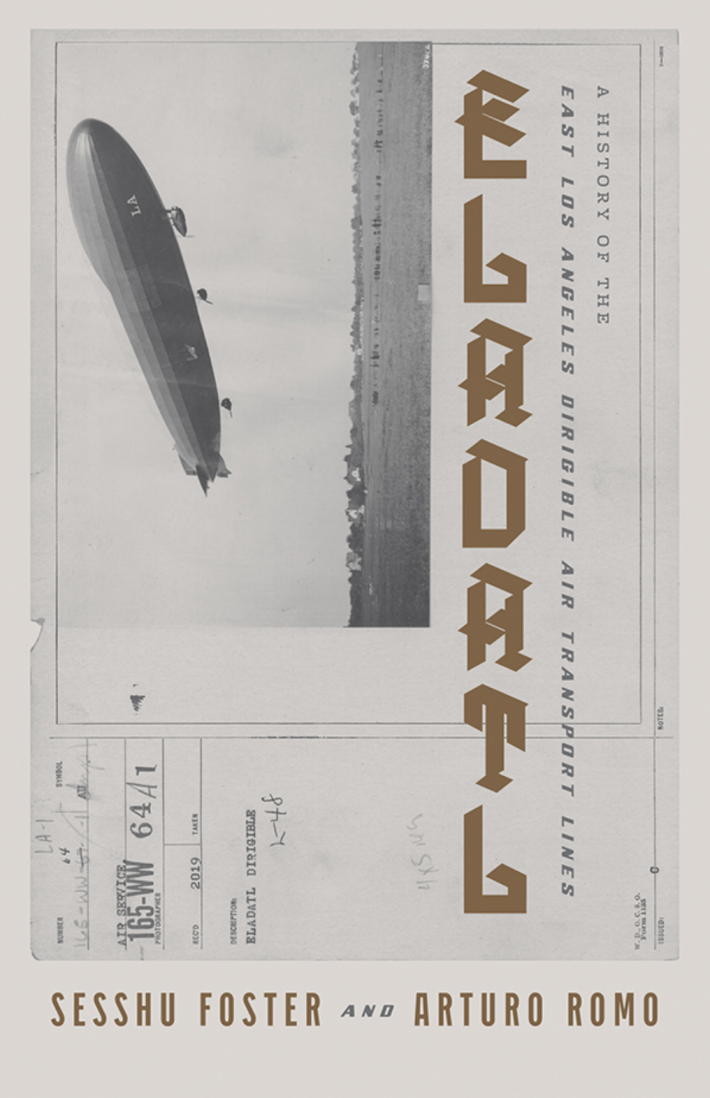
ELADATL: East Los Angeles Dirigible Air Transport Lines
By Sesshu Foster & Arturo Romo
Sesshu Foster’s previous books like City Terrace Field Manual, Atomik Aztex, World Ball Notebook, and City of the Future were each highly inventive works that defy genre. This latest is no exception and in some ways outdoes them all with this fantasy, counterfactual text about an East Los Angeles Balloon Club in the early 20th Century that aimed to revolutionize travel by lifting oppressed people through the use of airships known as dirigibles. Combined with original art by Arturo Romo, artifacts, and historic photographs, the story is not a linear narrative but bridges Pio Pico, punk rock, Paul’s Kitchen in Monterey Park, and post-riot boulevards. This one is a wild ride somewhere way beyond the time-space continuum.
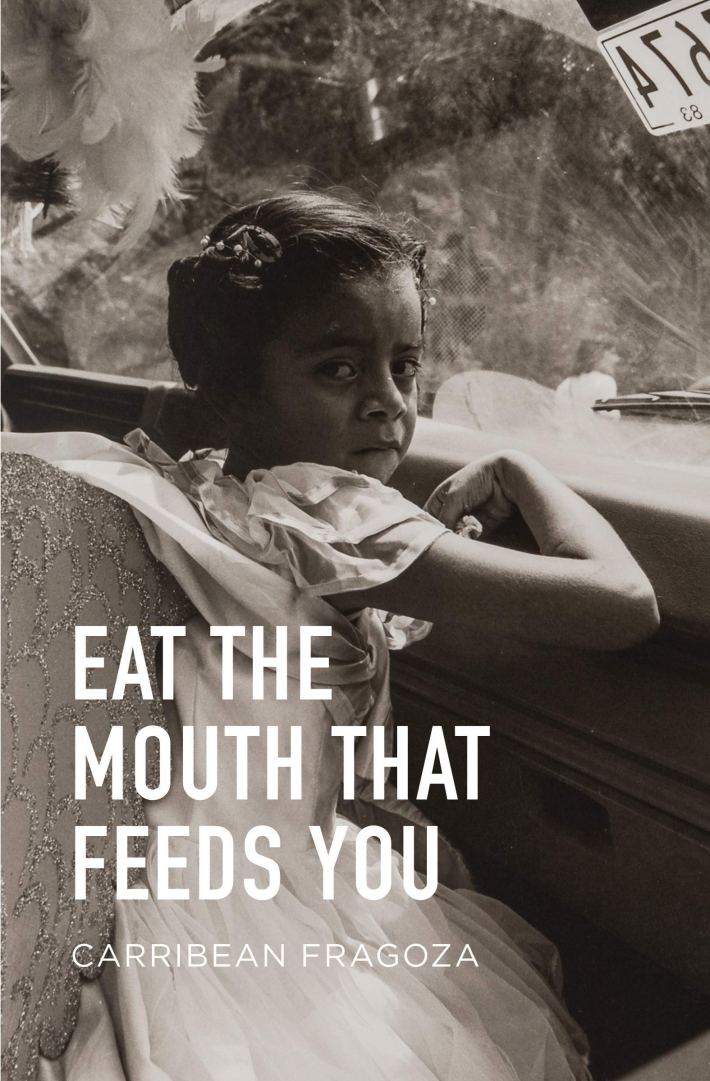
Eat the Mouth That Feeds You
By Caribbean Fragoza
The 10 short stories in this new collection are filled with imperfect characters that you just might recognize. Fragoza’s “Chicanx gothic tales,” Myriam Gurba writes, “root horror in the most terrifying of places, the family. The creepiest pockets of the Brown imagination are her playground.” One of the most evocative episodes in the book is “The Vicious Ladies,” a short story about an all-girl party crew in the San Gabriel Valley. “Partying, they’d learned,” Fragoza states, “was not only their business, but it was also a way of life and they were going to do it right.” The women in these stories defy stereotypes and embody a wisdom that could only come from authentic living. “Once you get past the hard part,” Fragoza reminds us, “dying is not difficult at all.”
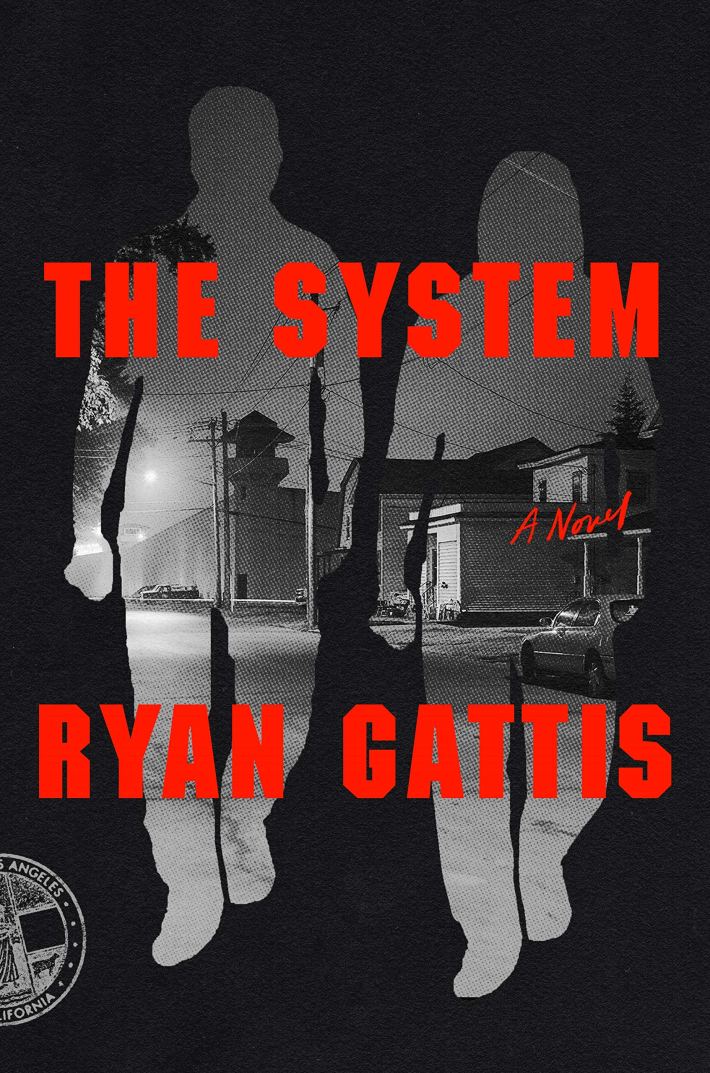
The System
By Ryan Gattis
Gattis’s novel explores the dark edges of the Los Angeles criminal justice system with the authority of someone that’s seen all sides. “When you are caught up in the system in Los Angeles County,” writes Gattis, “you are at its mercy. While in custody, your body is not your own. It belongs to the County.” Based on a series of crimes in 1993, Gattis weaves an intricate storyline of interconnected episodes that include prison gangs, police gangs, youth caught in the crossfire, tattoo artists, jurors, and the correctional institution. Geographies appear like Lynwood, Long Beach Boulevard, the Los Angeles River, Koreatown, Union Station, and the Criminal Courts Building. Underneath all the suspense, this is also a story of friendship and how there is often no such thing as good or evil.

Pocho Blues
By Romeo Guzman
“I think Pocho Blues,” writes Romeo Guzman, “makes sense of what it means to be a child of Mexican migrants and to provide a glimpse into a universe of Mexicans making their way through life on and off the soccer pitch.” The three vignettes featured in this short collection of personal essays show the professor and public historian Guzman recalling memories with his grandfather and father, former soccer coaches, and his own rite of passage playing soccer and how these events made him who he is. The personal and universal merge beautifully in these stories. Nestled in the middle of the narrative are nuggets of history about the San Gabriel Valley and how Rodeo’s roots go back to the Spanish conquest.
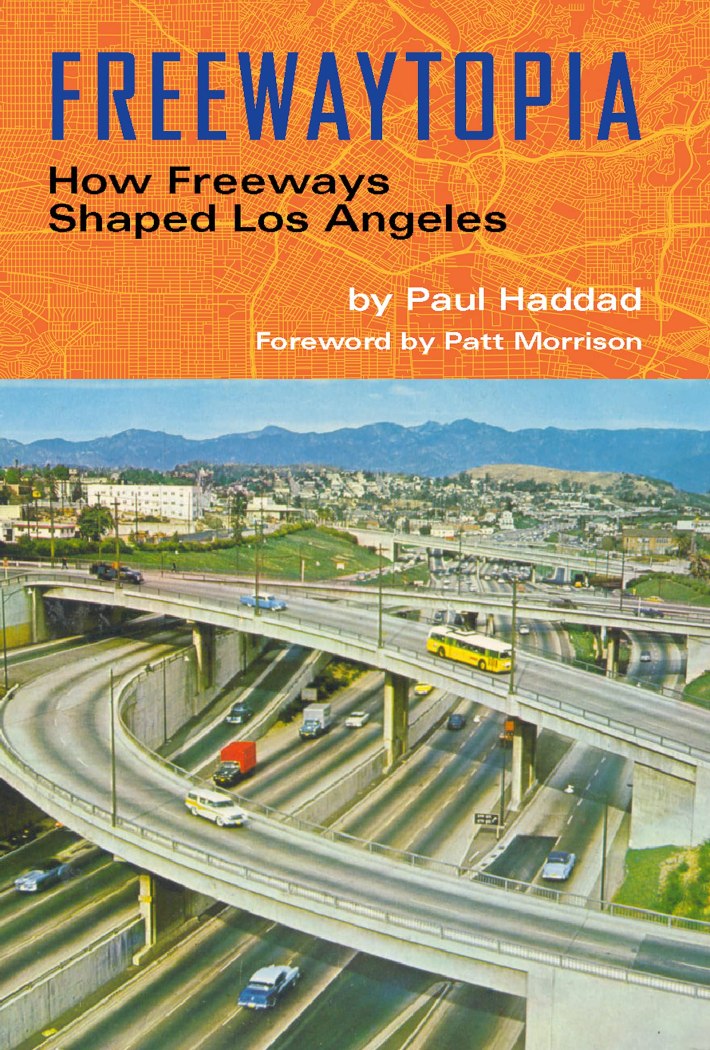
Freewaytopia: How Freeways Shaped Los Angeles
By Paul Haddad
Meticulously explicating the history of 12 of our best-known freeways, Haddad not only goes into the political, social, economic, and cultural histories of our expressways, he covers a few of the ones never built and holds space for the forgotten and lost voices like the overlooked women engineers who designed many of the roads. He also tells the stories of several of the neighborhoods and bungalow belts uprooted by eminent domain so the freeways could be built. Over the years there have been others like Joan Didion, Thomas Pynchon, David Brodsly, and Eric Avila among others that have also spotlighted Los Angeles freeways, but this one might be the most comprehensive in how he examines the complete landscape.
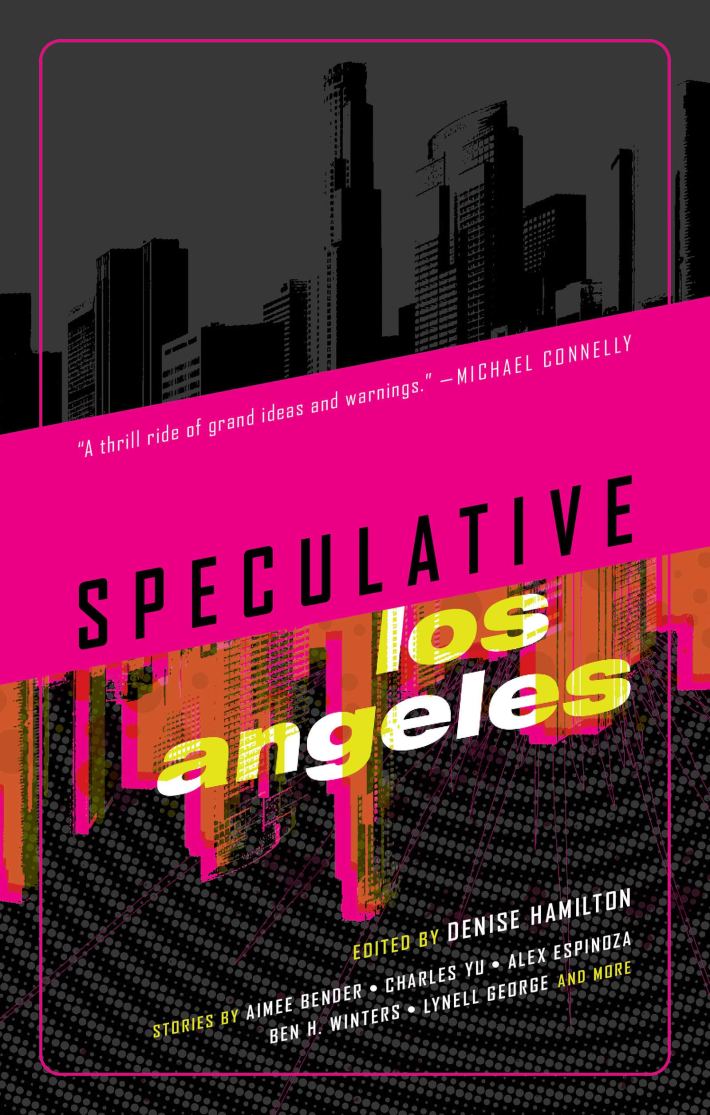
Speculative Los Angeles
Edited By Denise Hamilton
“Los Angeles is like the hologram girlfriend in Blade Runner 2049, flickering in and out of reality,” writes Denise Hamilton in the Introduction to this anthology of contemporary speculative fiction about Los Angeles. “And like a thirsty starlet, LA can be anything you want it to be, plus what your worst nightmare can’t imagine.” Moving across the landscape from Encino to La Puente, the Angeles National Forest to Torrance, the 14 short stories in this collection offer a portal into our future with steampunks, alchemists, changelings, memory artists, and cops and robots in the future ruins of the Southland. Featuring local scribes like Alex Espinosa, Lynell George, Aimee Bender. Luis Rodriguez and Charles Yu, the paranormal and science fiction perspectives come alive in this collection.
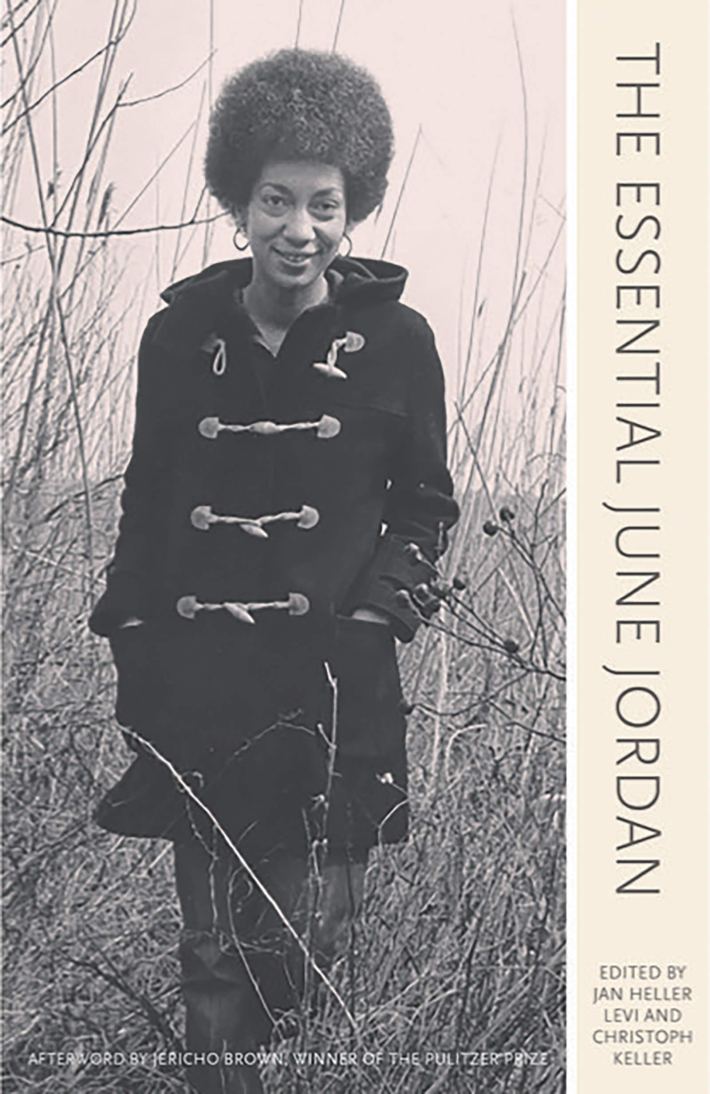
The Essential June Jordan
By June Jordan
Though June Jordan passed in 2002, her legacy continues to grow bigger and bigger. This new compendium of her writing edited by Jan Heller Levi and Christopher Keller collects Jordan poems from 1969 until just before she died in 2002. In pieces like “Poem About My Rights” and “Poem at the Midnight of My Life,” Jordan declares “let’s this be unmistakable this poem / is not consent I do not consent..” Beyond just her writing, Jordan’s “Poetry for the People” program that she started at UC Berkeley and ran for two-plus decades is one of the most influential roadmaps for how to use poetry as a social practice to engage after school programs, senior citizen centers, safe shelters for women and food programs for the homeless. Her graduates are now all over the country using her blueprint to build community through poetry including Michael Datcher at Leimert Park’s World Stage. This new book offers a rich sampling of Jordan’s lifetime of brilliance for readers to (re)discover.
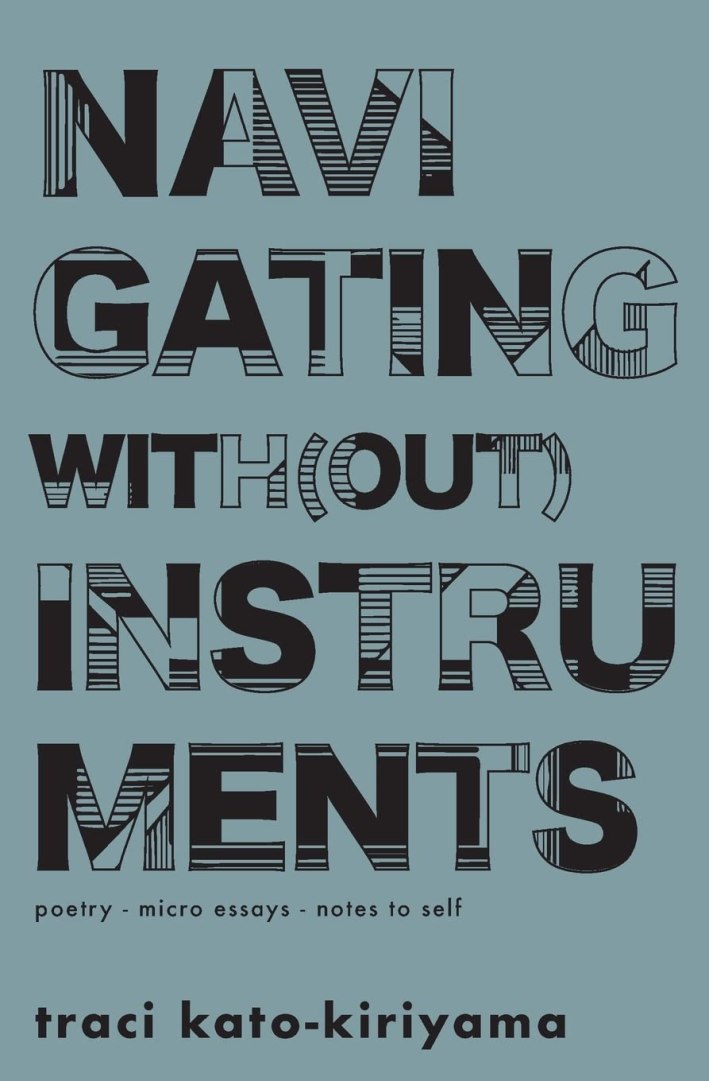
Navigating With(out) Instruments
By traci kato-kiriyama
It’s not a stretch to say that traci kato-kiriyama carries the torch of Yuri Kochiyama, Grace Lee Boggs and Nobuko Miyamoto. She’s not only closely worked with these giants, but she’s also a poet, activist, performer, playwright and event producer, and the co-founder of the Tuesday Night Project in Little Tokyo, one of the longest-running Asian American literary spaces in the country. Her new book melds poetry, micro-essays, and notes to self into an illuminating amalgamation. Her work interrogates the past whether it’s the Japanese American internment camps her parents and grandparents were in, the racism she faced as a child in Torrance or when her grandfather’s land was seized through eminent domain to build the 405 freeway. At the same time traci asks, “How are we building relationships and genuine support in the long term?” This collection is a roadmap for activism, Los Angeles, Asian America, and community building.
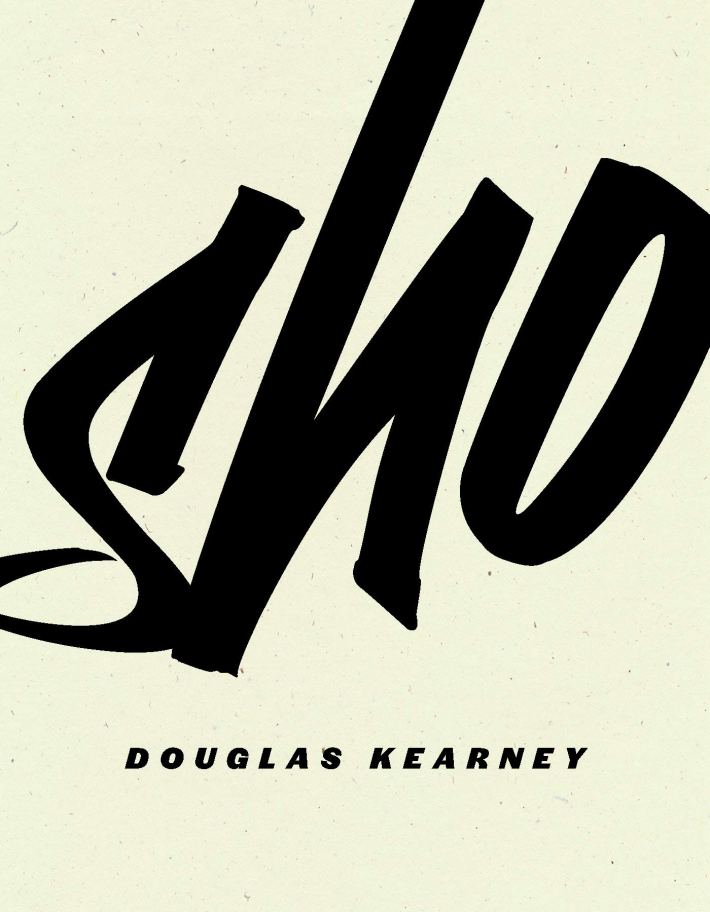
Sho
By Douglas Kearney
A finalist for the National Book Award, the latest poetry collection from the Altadena-born Douglas Kearney is equally avant-garde, playful, and packed with poignant social commentary. Kearney has the wit of the quickest battle rapper combined with the vocabulary of your favorite French theorist. His wordplay and communication skills are in a league of their own: “Seems some want some body bodied into street sweet meat. // Come and go get it!” Kearney is irreverent and sacred simultaneously, writing eulogies for a pair of kicks, an afro pick as well as tributes to his wife and kids. This is that next-level poetics that hits on all cylinders.

The Marathon Don’t Stop: The Life and Times of Nipsey Hussle
By Rob Kenner
This thorough biography of Nipsey Hussle shows the evolution of Nipsey from his earliest days in the Crenshaw District with his grandmother to the moment just before he was killed on Slauson in 2019. Kenner knew Nipsey for a decade, first meeting the MC in late 2009 when the author was one of the editors of Vibe magazine and Nipsey came to their New York offices to talk about his mixtape, Bullets Ain’t Got No Name. Kenner knew right away “there was something special about him. His aura lit up the conference room.” This book shows how Nipsey united activism, capitalism, and neighborhood development with thoughtful hip hop. Kenner avers that “Hussle’s lifelong work may represent the ultimate fulfillment of hip-hop’s true purpose.”
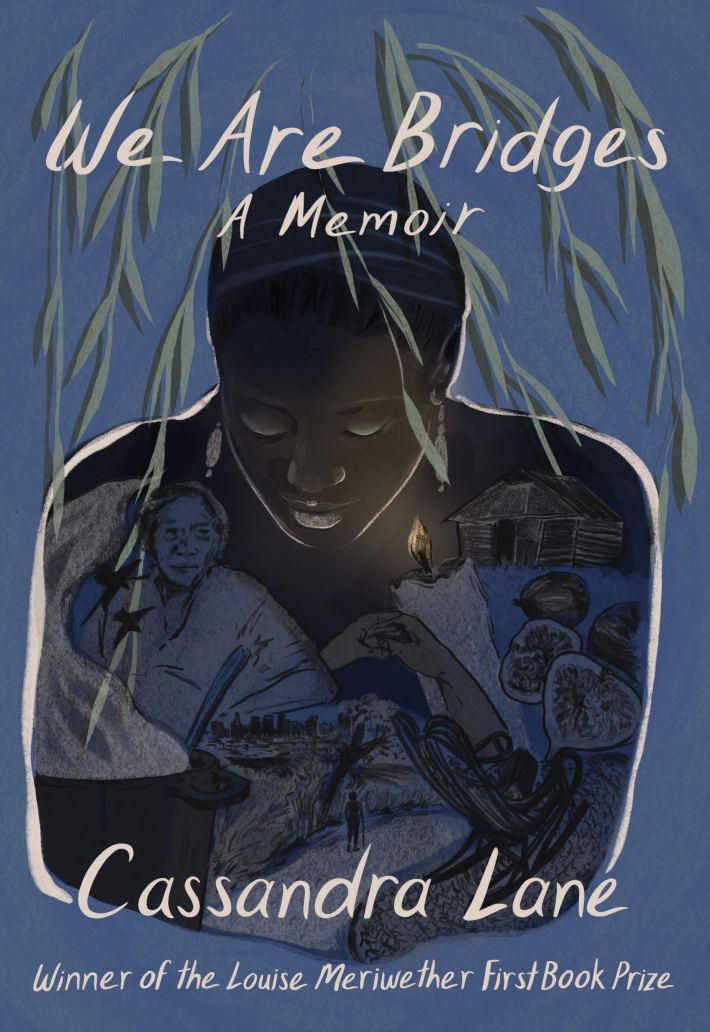
We Are Bridges
By Cassandra Lane
Cassandra Lane’s memoir moves back and forth between the early 20th Century South and present-day Los Angeles. Culminating with the birth of her son Solomon, the reader can not help but be inspired by her courage, self-knowledge, and frank powers of description. Lane unpacks her childhood growing up as an African American woman in Louisiana and then goes even deeper all the way back to her great-grandparents and when her great-grandfather Burt Bridges was lynched in 1904. Lane skillfully connects the dates and dots between her ancestors and how it all connects to the birth of her own son in Los Angeles in 2007. The final result is generational healing and a powerful declaration of what it means to be really human.
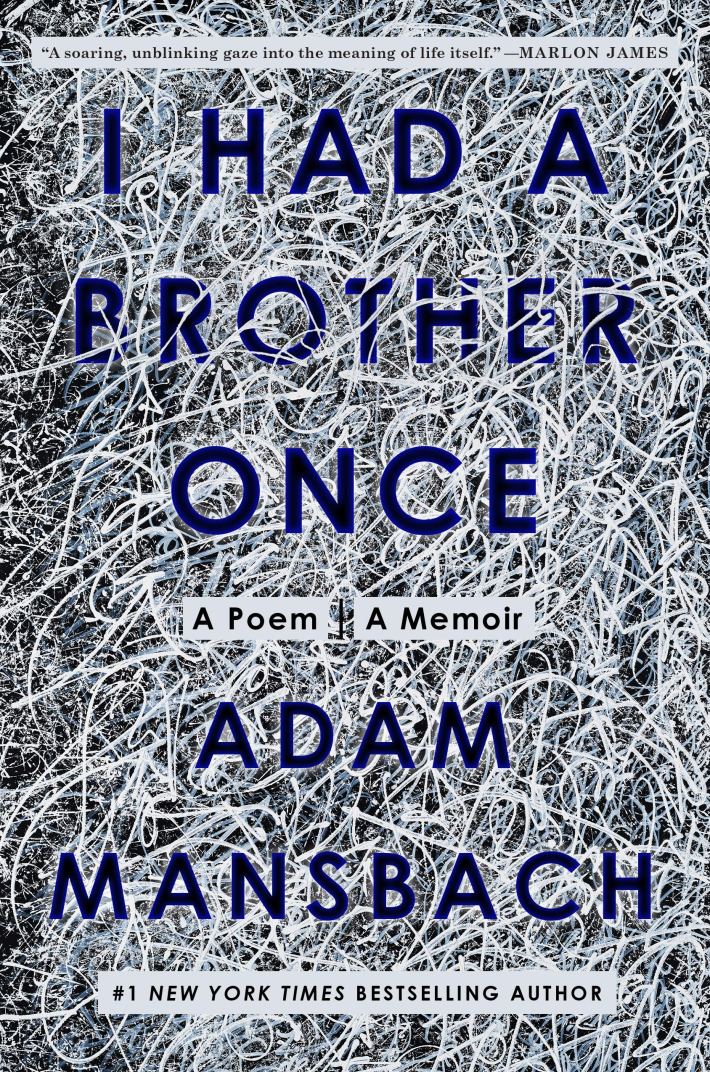
I Had A Brother Once
By Adam Mansbach
Best known for his Go the F__ to Sleep books, Adam Mansbach is also an award-winning novelist, screenwriter, and cultural critic. His new book melts genres as a poetic memoir chronicling his younger brother’s suicide. Constructed as one long poem broken up into 11 sections, the narrative moves back and forth across time, celebrating his brother, lamenting how he wishes he could have done more and the author’s own personal evolution. “My brother / had a core, & it was kindness,” he writes. “learning for the sake of / learning, shoveling neighbors’ / Driveways, volunteering as a / hospital translator, mailing / care packages to the nuns / he’d befriended in nicaragua, / a gringo village saint.” Filled with poignant heartbreak, there’s an incredible emotional range that both honors his brother and encourages us all to cherish one another a little more because you never know when one may go.
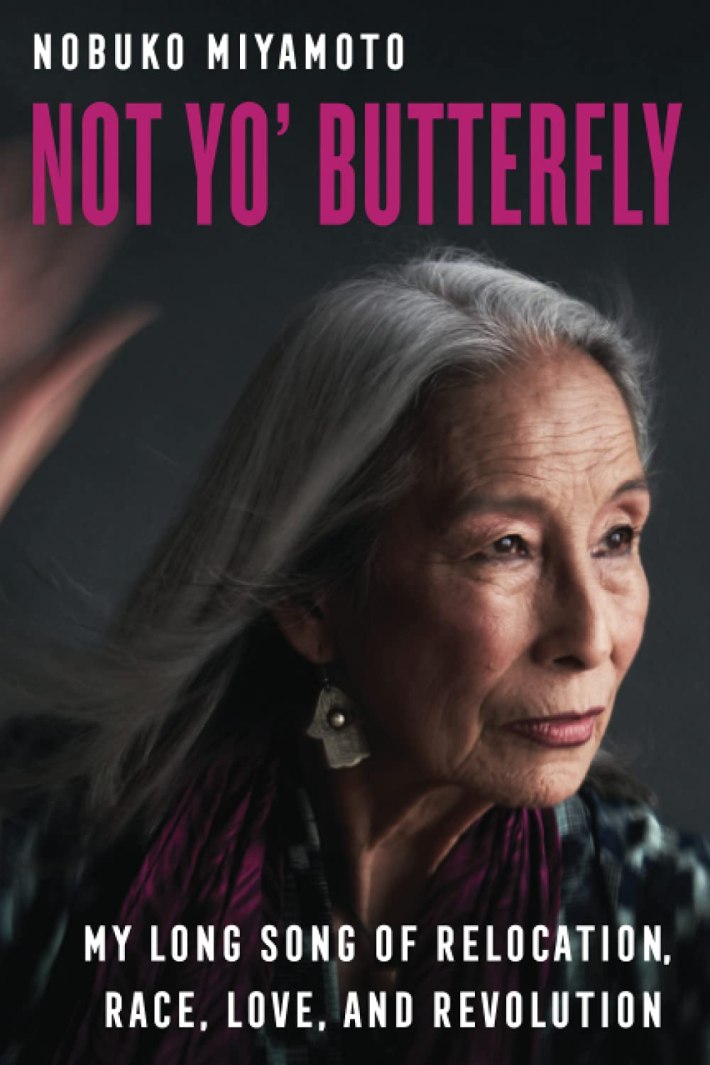
Not Yo’ Butterfly
By Nobuko Miyamoto
There isn’t much that Nobuko Miyamoto hasn’t accomplished in her nearly six decades of art and activism. From being featured in the original Westside Story film, recording the first Asian American folk record, A Grain of Sand, her roles in the Asian and Black Liberation movements, and her close work with Yuri Kochiyama and Grace Lee Boggs. The genesis of this memoir came from the last time she saw Boggs just before the great activist and author passed. Boggs told her to write it and we are all better for it because Miyamoto’s memoir goes from being in the Japanese American internment camps at a very young age to her childhood in both Boyle Heights and MidCity, her time doing dance and song in the film industry and Broadway, activism in New York City and so many stories in between like her Fandagobon musical collaborations with Quetzal. Miyamoto has redefined herself again and again and her life story is both a compelling narrative and guide for the next generation.
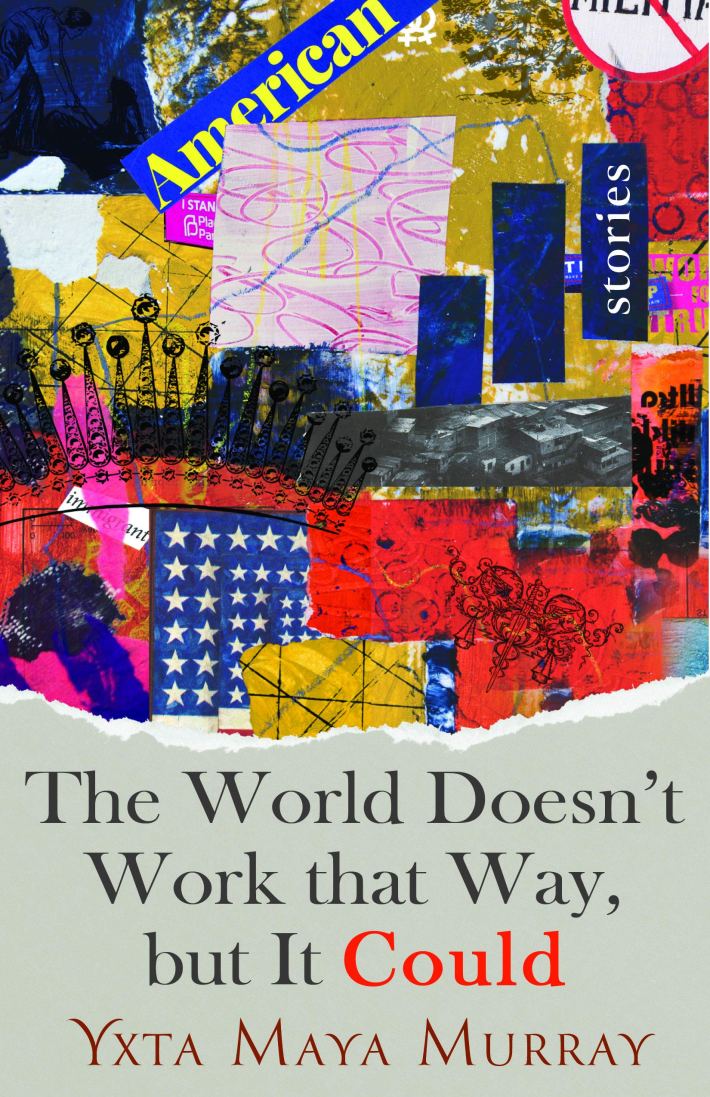
The World Doesn’t Work That Way, but It Could
By Yxta Maya Murray
Dating back to the late 90s with her novels Locas and What It Takes To Get to Vegas, Yxta Maya Murray has been one LA’s best fiction writers. Her new collection of 14 short stories deals with contemporary topics like mass shootings, wildfires, governmental incompetence and sexual misconduct within short compelling narratives. Murray is on the pulse of the times and her fiction mirrors our era with deep fidelity. In the short story “Paradise” she meditates on a mixed race couple, a racist father in law and the old man’s change of heart as a raging fire nearly kills them in a city called Paradise, California. These stories offer an unflinching portrait of California in the early 21st Century.
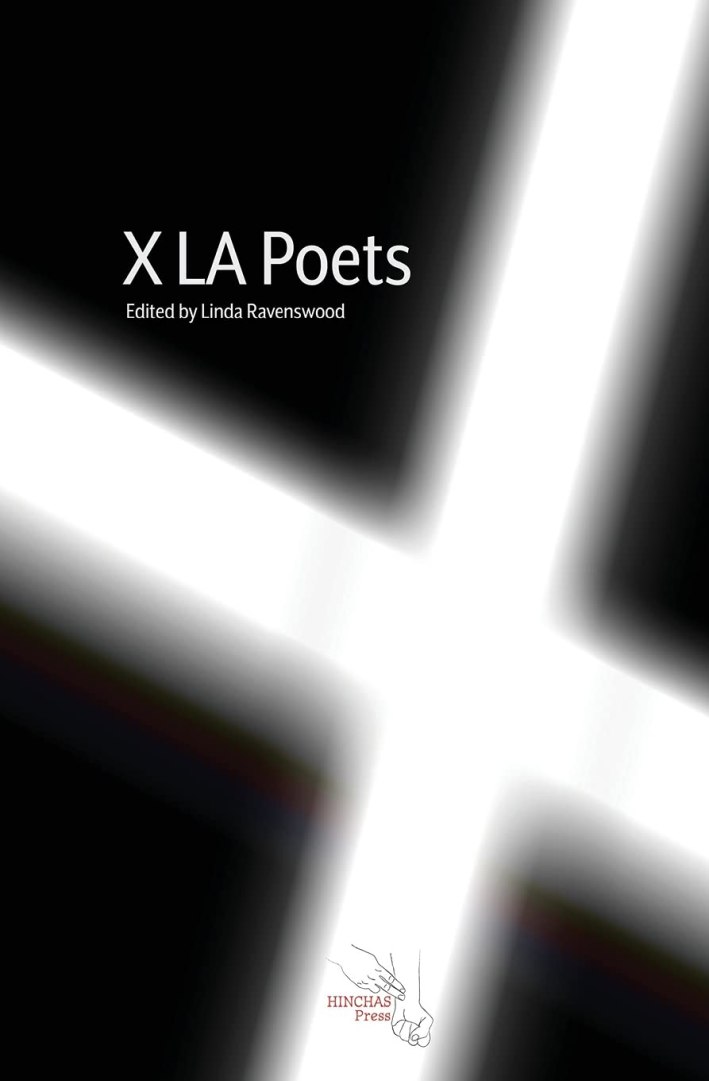
X LA Poets Edited
By Linda Ravenswood
If you’re looking to learn about 10 dynamic LA women poets, here’s the book for you. This 140-page anthology spotlights: Armine Iknadossian, Rachel Kann, Lynne Thompson, Allison Hedge Coke, Luivette Resto, Shonda Buchanan, Teresa Mei Chuc, Viva Padilla, Chelsea Rector, and the editor, Linda Ravenswood. The book’s genesis emerged from Project 1521, a group of artists and writers started by painter Sandy Rodriguez and KPCC radio journalist and Taco Shop Poet, Adolfo Guzman-Lopez. Published by LA Public Librarian Yago Cura and his Hinchas Press, these poems, as Cura says, “brim with allusions, namesakes and tributes.” The anthology’s name gives a nod to the punk band X.

A Quilt for David
By Steven Reigns
A Quilt for David is a book of documentary poetry that captures the story of Dr. David Acer, a gay Florida dentist, during the 1980s. Dr. Acer was wrongly accused of infecting eight of his patients with HIV and turned into a scapegoat, even villainized in a People magazine cover story. The general public was much more ignorant about HIV three decades ago and Acer was a victim of their ignorance. Reigns spent several years doing investigative research and the 85 pages of poems here show how medical misinformation and cultural bias create fictional scenarios not rooted in science. The false claims made in the early 1990s about Dr. Acer would be quickly denied now, but thirty years ago, the prevailing anxiety and ignorance about HIV clouded public perception. Reigns set the record straight with this series of poignant poems.

Boyle Heights: How a Los Angeles Neighborhood Became the Future of American Democracy
By George Sanchez
The award-winning USC American Studies Professor George Sanchez was born in Boyle Heights and knows the district better than just about anybody. His book shows how the past, present, and future of Boyle Heights represents the best version of America. Moreover, Sanchez shows how, “Even as the neighborhood changed dramatically over time because of larger racial and economic forces that fostered concentrated poverty and other unstable living conditions, a communal and progressive spirit prevailed in Boyle Heights that continued to define the promise of the American dream for all who lived there.” Combining oral histories, policy analysis, and countless anecdotes from long-term residents, Sanchez’s book shows how Boyle Heights has a century-long legacy as a center of activism, popular resistance, and multicultural solidarity.
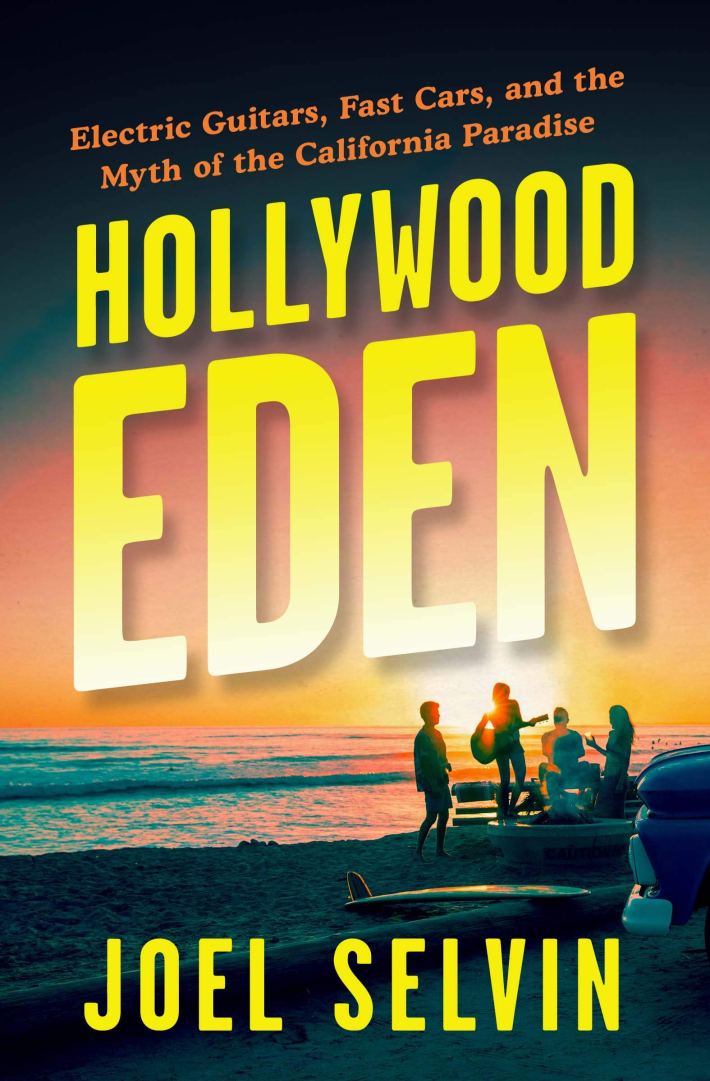
Hollywood Eden
By Joel Selvin
Capturing the rise of the Beach Boys, Jan & Dean, Gidget, and the Mamas & the Papas, this book shows how a group of teens from University High School helped create the early 1960s sound of Los Angeles. Spotlighting surf rock and pre-Beatles California rock and roll, the Los Angeles presented in these pages was a much simpler city. At the same time, Selvin shows how innocence turned to a darker side of drugs, fast cars, and heartbreak within a few years after some of the young artists flew too close to the sun. Writing songs about the life they were living, initially, it was “fun, fun, fun,” but then it took a darker turn. Perhaps the best example is “Dead Man’s Curve,” Jan & Dean’s best-known song. Jan Barry almost died a few blocks away from “Dead Man’s Curve,” two years after he wrote it because he was going over 80 miles per hour through the tight turns. There are also candid anecdotes about Phil Spector, Ike & Tina Turner, and Brian Wilson from the Beach Boys.

The Death of My Father the Pope
By Obed Silva
Obed Silva is now an award-winning English Professor at East Los Angeles College, but he’s lived a few lifetimes to get there. Pulling no punches, Silva’s new memoir reconciles the death of his abusive father, his own difficult childhood, and how it made him who he is. “Am I the man that my father was?” Silva asks. “If I am, then I, too, will probably not make it past fifty; and if I am not, it won’t be alcohol that kills me.” Silva courageously interrogates his immigrant family’s history and distills all the pain, rage, and endurance to create a transformative book that shows how someone can define themselves rather than being a victim of circumstance. Silva is a former gang member who survived a gunshot wound and though he is now paralyzed from the waist down, the strength of his character and charisma knows no bounds. This book shows how he turned his life around, ended up excelling in college, and became a man who embodies the spirit of redemption. Silva can make you laugh and cry at the same time.
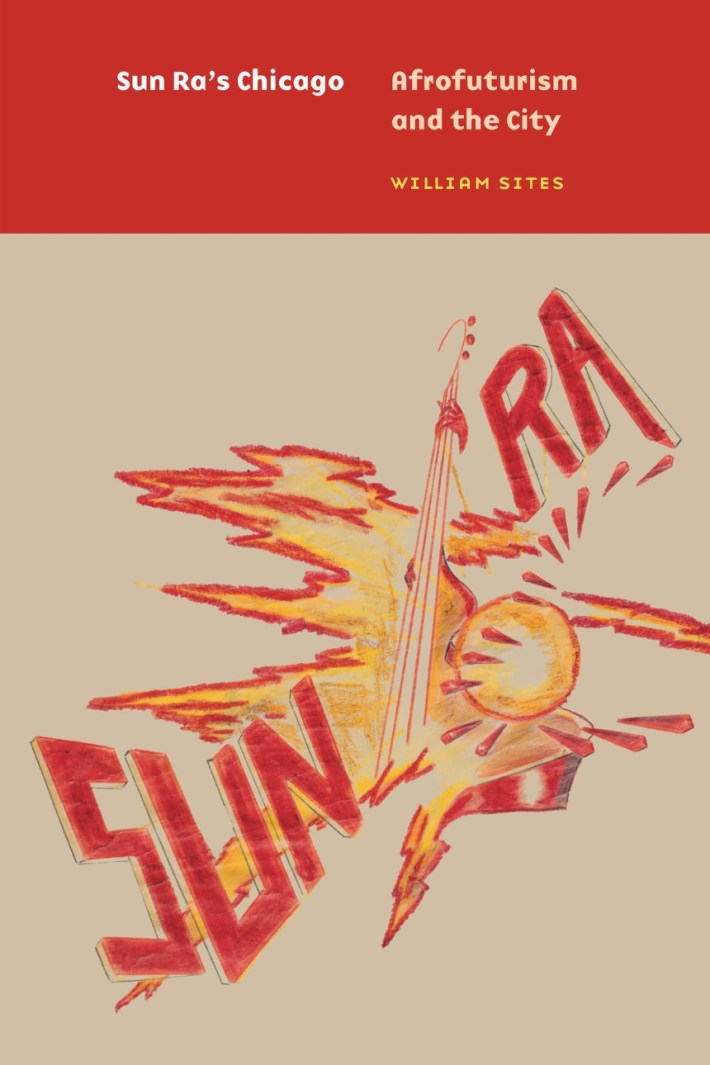
Sun Ra’s Chicago: Afrofuturism and the City
By William Sites
With his cosmic persona, intergalactic lyrics, and intricate compositions, the keyboardist and bandleader Sun Ra is among the most mythical musicians of the 20th Century. This book combines musicology, urban studies, social history, and hermeneutics to show how Ra’s time in Chicago from 1946 to 1961 helped the man born as Sonny Blount evolve into the progenitor of Afrofuturism. William Sites celebrates Sun Ra’s capacity to see through the facade of the immediate world. “In Sun Ra’s hands,” he writes, “these special powers of cognition took many, often auditory, forms, from hearing urban sounds inaccessible to others to discovering African identities disguised within American musical traditions. Chicago’s South Side, in this view, became a kind of shadow world, a space of appearances, yet one with signs and clues that might reveal the better, truer world of the imagination.”
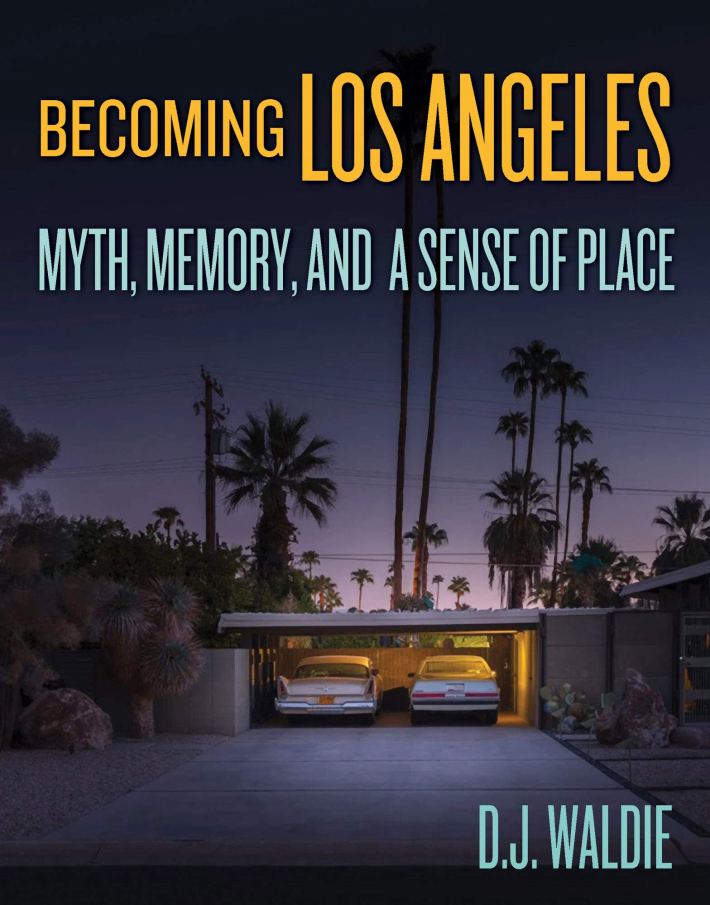
Becoming Los Angeles: Myth, Memory, And A Sense of Place
By DJ Waldie
The central question that runs through DJ Waldie’s, Becoming Los Angeles is: “Can awareness of the city’s past be of any worth to us except as nostalgia or irony?” Waldie answers this question again and again through the text whether he’s admiring the Tiki-themed motels on Lakewood Boulevard where the street becomes Rosemead, bungalow neighborhoods of Long Beach, smaller cities like Artesia, Bellflower, La Puente, and Monrovia, or the soft bottom section of the LA River near Frogtown. Waldie’s answer is: “Attunement makes it possible to reinhabit places abandoned by indifference and to dwell there critically and actively sensing the continuity of the past and present, the nearby and global, the tangible and imagined. A sense of place will animate where we are---a somewhere and not a nowhere.” Waldie urges us to appreciate every corner of the city and through this process, we not only appreciate L.A. more, but we also do more to preserve it and become better versions of ourselves simultaneously.

The Kaepernick Effect
By Dave Zirin
Whether he’s writing about the World Cup, the Olympics, or Celebration Capitalism, Dave Zirin is a master of writing about the intersection of sports, social justice and politics. This latest title profiles Colin Kaepernick and the dozens of teams and citizen-athletes on the high school, collegiate and professional levels across America inspired by his efforts to fight for racial justice. Most of the stories here were not publicized nationally but Zirin shows how Kaepernick's simple stance to take a knee in August 2016 ended up spreading across the country and the world.
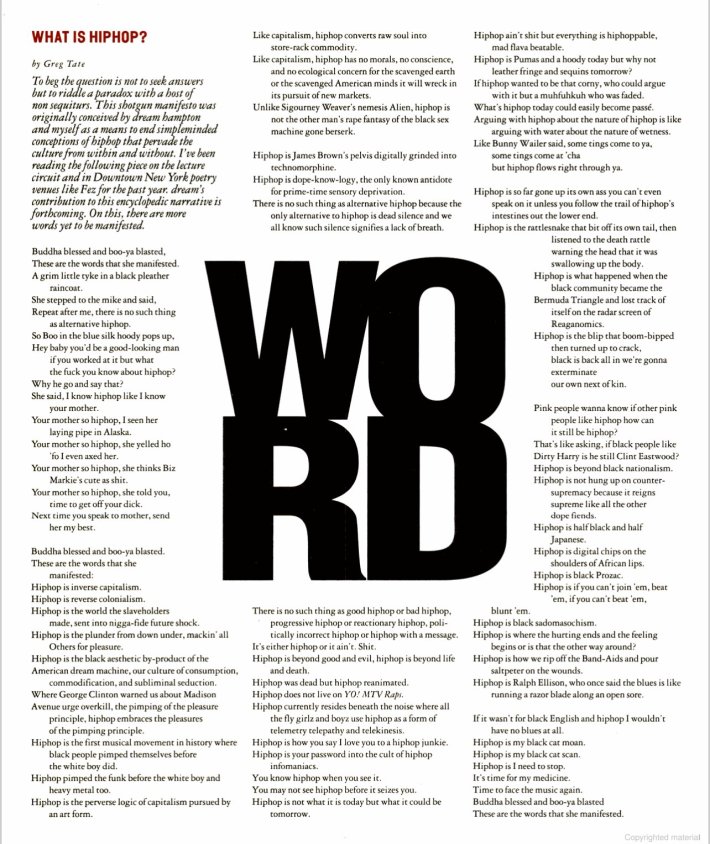
CLOSING THOUGHTS In Honor of Greg Tate
As this list comes to an end there’s one more book and author that needs to be added. The pioneering cultural critic Greg Tate just passed away at 64 on December 7th as this essay was being completed. Though the above list is Los Angeles-centric and Tate is a famous New Yorker, his versatility and literary dexterity match the spirit of LA Taco and his shadow looms over New York as Jonathan Gold’s does in the City of Angels. Tate could write about any topic from funk, jazz, rap, painting, literature, sci-fi, race, film, and history. He wrote for the Village Voice, the New York Times, Rolling Stone, Washington Post, Vibe and so many others for almost 40 years. Jeff Chang describes Tate as “The Godfather of hip-hop criticism. An expansive, gentle soul. In all ways, he was a model for me.”
Tate wrote several books as well including one on Jimi Hendrix. His best-known book is probably the 1992 volume Flyboy in the Buttermilk. The title was taken from his essay on Jean Michel Basquait. Jelani Cobb tweeted that it’s “Hard to explain the impact that Flyboy in the Buttermilk had on a whole generation of young writers and critics who read every page of it like scripture. It’s still a clinic on literary brilliance.” I first learned about Tate back in the day from the LA filmmaker and photographer Brian Cross who had Tate contribute an essay to his book of photos Ghost Notes. A number of tributes to Tate were just published including in the Village Voice and NPR.
There were even more books I wanted to read, but I ran out of time. Nonetheless, any of these books above are here for you if you need some inspiration. Now more than ever before we need to have thoughtful conversations and literature is one of the best bridges. If you feel like it, write your own list because we can never celebrate too many books.
